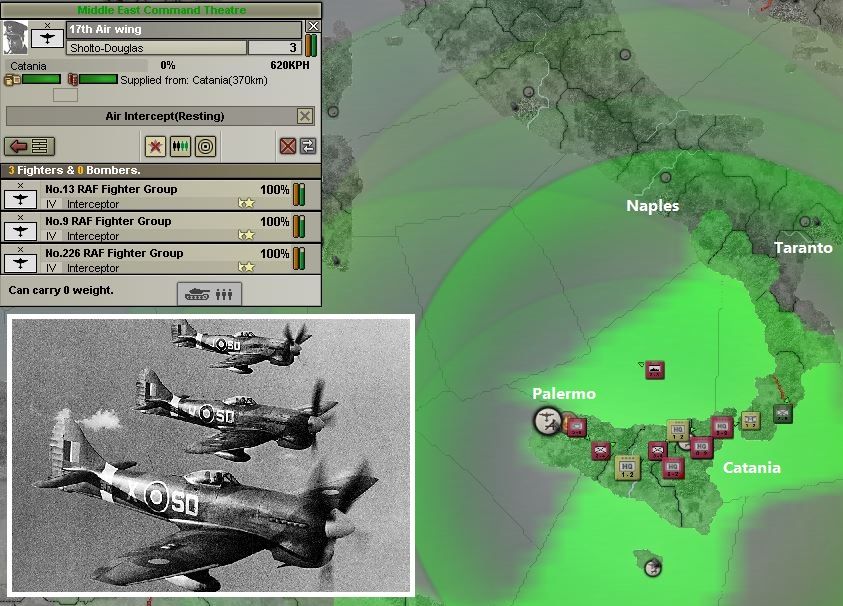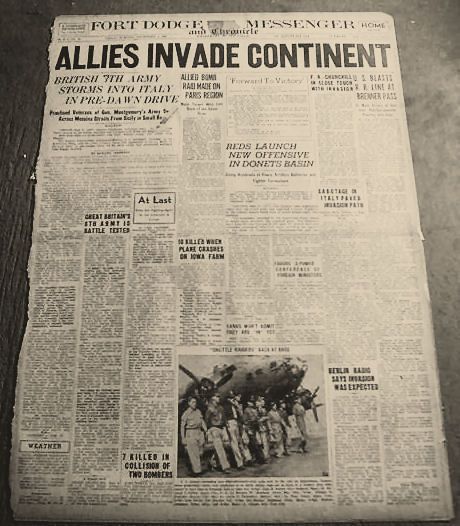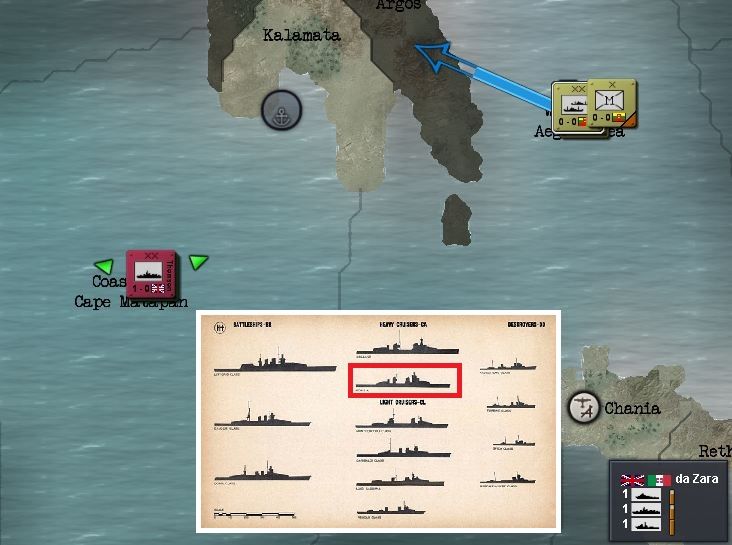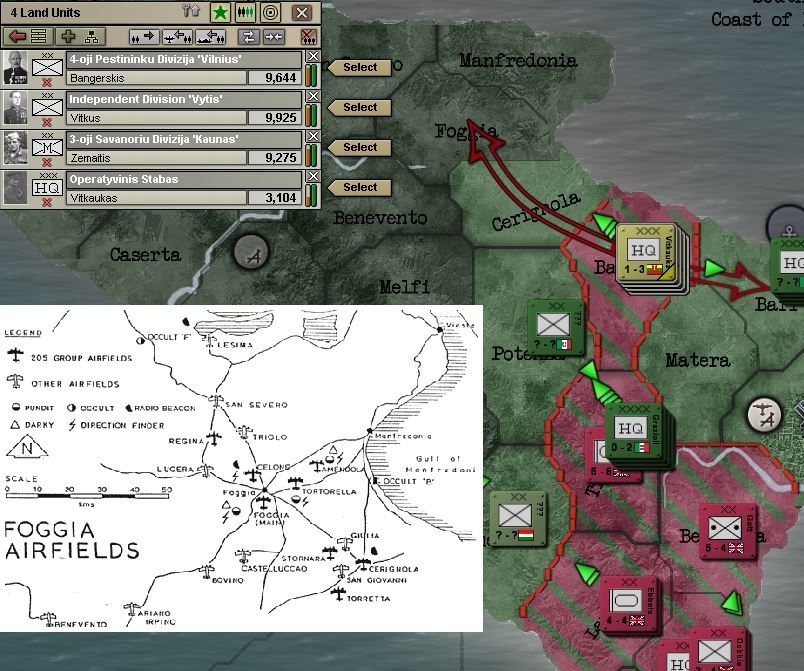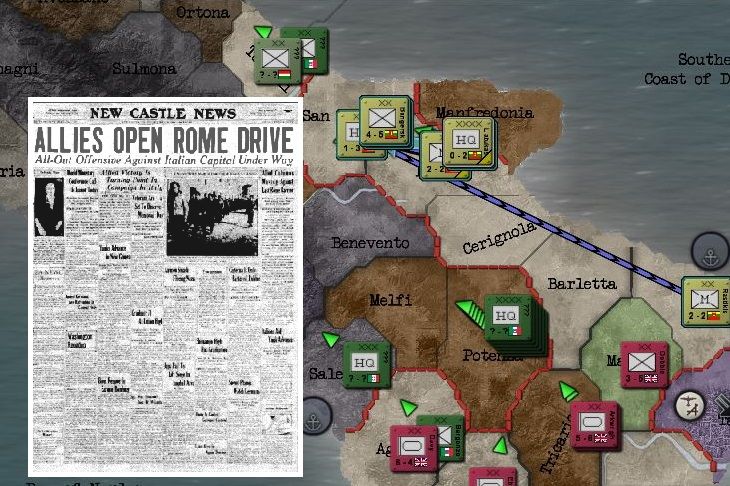Christmas Are Coming. Late December, 1942
We were eagerly following the news from the frontlines all over the world - Persia finally surrendered to Anglo-Soviet occupation forces, and the country was split with whole southern part now a part of British Empire, opening a land connection from Iraq to India, while Tehran and most of northern territories went to Russians.
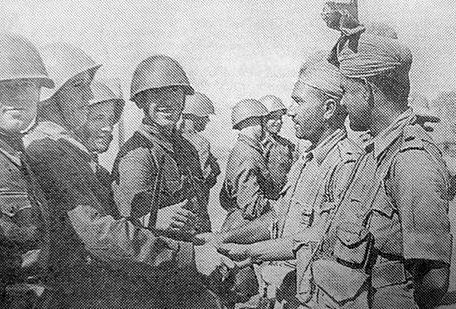
Soviet and Indian troops meet at Tabriz. End of November, 1942.
At the same time the Americans have initiated operation 'Torch' by landing in Casablanca, but handed the command to the British (St. John's HQ and Gen.Masservy). It was understandable, as such vast swaths of land could not be left to barely breathing Vichy France, which did not even have any divisions to defend with, after a humiliating loss in Syria exactly one year ago.

It was clear that Allied command thought this to be an operation of tertiary importance, now that the mainland Italy was invaded. Early December, 1942
There were some changes among our high rank personnel at the beginning of December. Gen. Rastikis, which has been commanding our forces on an operational level since the beginning of the war, was demoted to a divisional commander of our most understrength 1st volunteer division 'For Freedom'.
His place was taken by Gen.Vitkauskas, which gained trust of our supreme commander Gen.Liatukas during Sicily campaign by commanding the very same division. This was quite an odd move, since Gen.Rastikis was loved among the troops, while Vitkauskas was renowned for pushing his troops from one bloodbath into another.
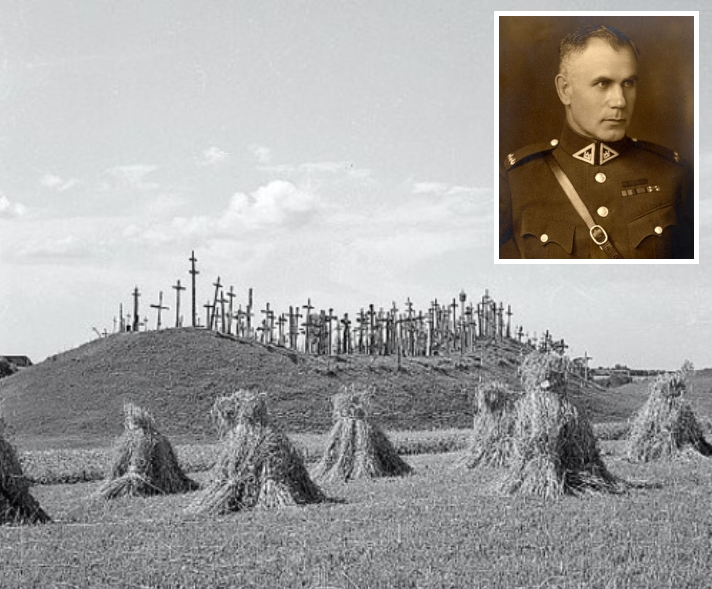
Vitkauskas earned a nickname of 'Cross Hill Commander' back in Norway.
It was even more surprising, as Vitkauskas was one of the few highest officers advocating the surrender to the Soviets in June, 1940. Most men in my squad thought it was something to do with the ego battle at Palermo between Liatukas, Rastikis and British commander, but nothing was certain of course, and talks remained just that - talks.
By mid-December we were on our usual routine drill schedule, when news came - we will have to help Brits in Italy, again. Apparently, they were still slugging across the minefields and blocked mountain roads of Calabria, for three weeks now, without a significant breakthrough. Italian elite Alpini and Armoured divisions were trying to make their life miserable, day after day, and British tanks were sometimes more of a hindrance than a real asset on narrow mountain paths.
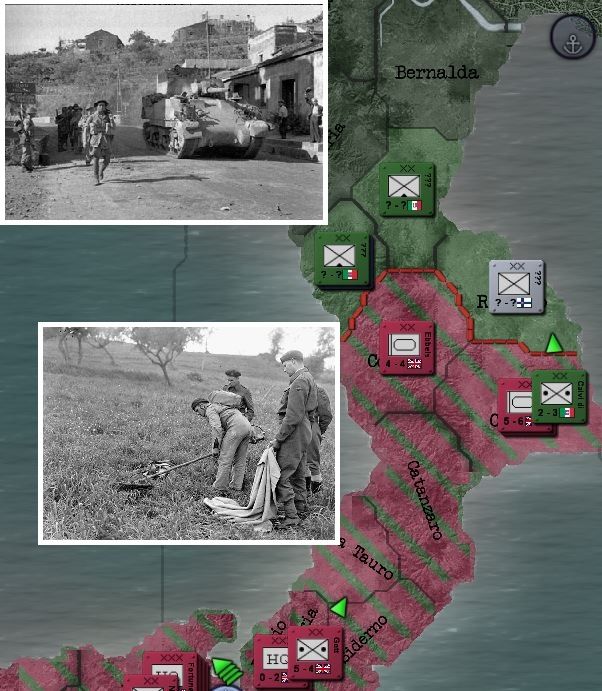
7 British divisions (incl. 3 armoured) were assigned for initial invasion - more than 60,000 soldiers. December, 1942.
It took us another three weeks to prepare for the next operation properly, while the planning went at least two weeks longer than that, and a week before Christmas we were sailing again.
Operation 'Slapstick' intended a combat landing at or close to Bari, securing the harbour facilities, linking up with the advancing British, and, as secondary target - encircling Italians in Taranto and capturing the city with its port and airfields.
Operation 'Boardman' was developed as supportive feign attack on Kalamata, to give the impression to defending Axis commanders that a parallel invasion of Greece is undertaken.

Operational plans for 'Slapstick' and 'Boardman'. Late December, 1942


